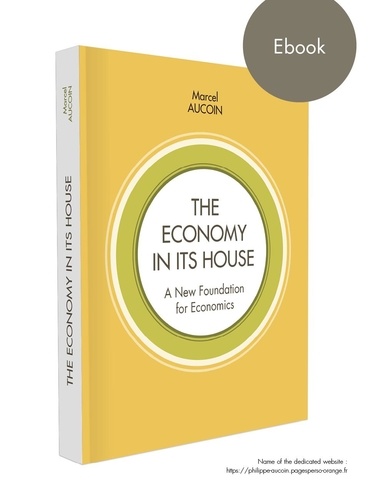En cours de chargement...
The title ? The Economy in its House ? echoes Xenophon's book, Oconomicus, which focuses on
the relationship of a house with its environment rather than on trade. It also makes reference
to a question from Socrates: "What is a house?". It is by striving to explore these
relationships and questions, reflecting the conditions of our time, that we have concluded
that the economy is in its house ? and that changes everything.
Indeed, this leads us to establish
a foundation ? new but grafted onto ancient roots ? for economics.
By integrating into our theory the unpredictable environment, we provide economists with
a framework to address the multiple issues that arise not only in our common home, the Earth,
but also to all other houses. Our model is based on the hypothesis of the random nature of
the economy, which brings us closer to modern physics and its methods.
On these pillars, our model abstracts economic agents and focuses attention on the interconnectedconstituents of the house, both their mutual statistical relationships, and those they have with
the environment.
The covariance matrix that retraces such relationships indicates how the environment
disrupts, on average, each constituent during a period. This gives the possibility to explore
the destinies of the houses in the short, middle or long run, through crises and changing
perspectives of ruin. It makes it possible to identify three essential variables: the growth
factor, the growth energy, and finally the prices' root, which is also the weight of the unit
of account and an anti-ruin coefficient.
One of the characteristics of modern houses is that, among their constituents, positive
covariances outweigh negative covariances.
Hence their growth: we explore its links with
the reduction of inequalities, and its pathologies: pollution and depletion of resources.
We shows how we can fight against crises and inequalities through greater solidarity.
We show that one can model any house by use of a miniature house ? its soul ? with two components
(the hearth and the roof), and three guiding parameters: exposure to hazards, security,
and performance.
With these guides, one expresses all the macroeconomic variables relative
to a house. These are preserved by passing from a house ? whatever its importance ? to its soul.
The wealth of the results obtained shows that the path open must allow economists to go farther
and safer in their work while also enabling a broader public to better understand what the economy is.





